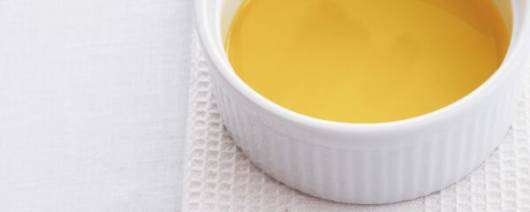
- Ingredient Name:Lycopene
- Functions:Phytochemical
- Labeling Claims:Kosher, Halal
- Certifications & Compliance:ISO 9001, Hazard Analysis Critical Control Point (HACCP), Halal, BRC Certified, Kosher, EU Novel Foods
- Physical Form:Solid, Powder
Lycopene from the neo-Latin Lycopersicum, the tomato species, is a bright red carotene and carotenoid pigment and phytochemical found in tomatoes and other red fruits and vegetables, such as red carrots, watermelons, gac, and papayas, although not in strawberries or cherries. Although lycopene is chemically a carotene, it has no vitamin A activity.Foods that are not red may also contain lycopene, such as asparagus and parsley. In plants, algae, and other photosynthetic organisms, lycopene is an intermediate in the biosynthesis of many carotenoids, including beta-carotene, which is responsible for yellow, orange, or red pigmentation, photosynthesis, and photoprotection.[3] Like all carotenoids, lycopene is a tetraterpene. It is insoluble in water. Eleven conjugated double bonds give lycopene its deep red color. Owing to the strong color, lycopene is a useful as a food coloring (registered as E160d) and is approved for use in the USA, Australia and New Zealand (registered as 160d) and the European Union.